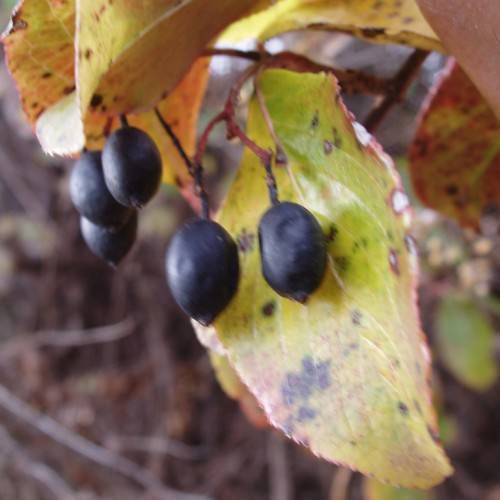
rusty blackhaw viburnum
Viburnum rufidulum
Cycle:
Perennial
Watering:
Minimum
Hardiness Zone:
5 - 9
Flowers:
Flowers
Sun:
Full sun,part shade
Fruits:
Fruits Ready In Fall
Leaf:
Yes
Growth Rate:
Low
Maintenance:
Low
Drought Tolerant:
Yes
Thorny:
Yes
Care Level:
Medium
watering
Rusty blackhaw viburnum prefers moist, well-drained soil and should be watered regularly. It should be watered once every 7-10 days, providing about an inch of water. During periods of drought, increase watering to once every 5-7 days. The best time to water your rusty blackhaw viburnum is early in the day when the sun is not at its strongest, so as to not cause excess evaporation of the water. It can also help to mulch the viburnum to help conserve moisture.
sunlight
Rusty blackhaw viburnum (Viburnum rufidulum) prefers to be grown in full sun to partial shade, with the majority of sunlight or partial shade occurring in the morning. The plant needs at least 4 to 6 hours of direct sunlight daily for optimal growth and flowering. In warmer climates, afternoon shade is beneficial as it can prevent burning of the leaves if the plant is exposed to direct sunlight for too long.
pruning
Rusty blackhaw viburnum (Viburnum rufidulum) is a fast-growing deciduous shrub that typically grows up to 10 feet in height. Because of its fast growth rate, it is important to prune it annually to control its size and shape. Prune rusty blackhaw viburnum in late winter or early spring just before new growth begins. Depending on the desired size and shape, start by removing dead, twiggy, diseased, and crossing branches. Prune any remaining branches back to the desired size, thinning out and lightly shaping the shrub as needed.
